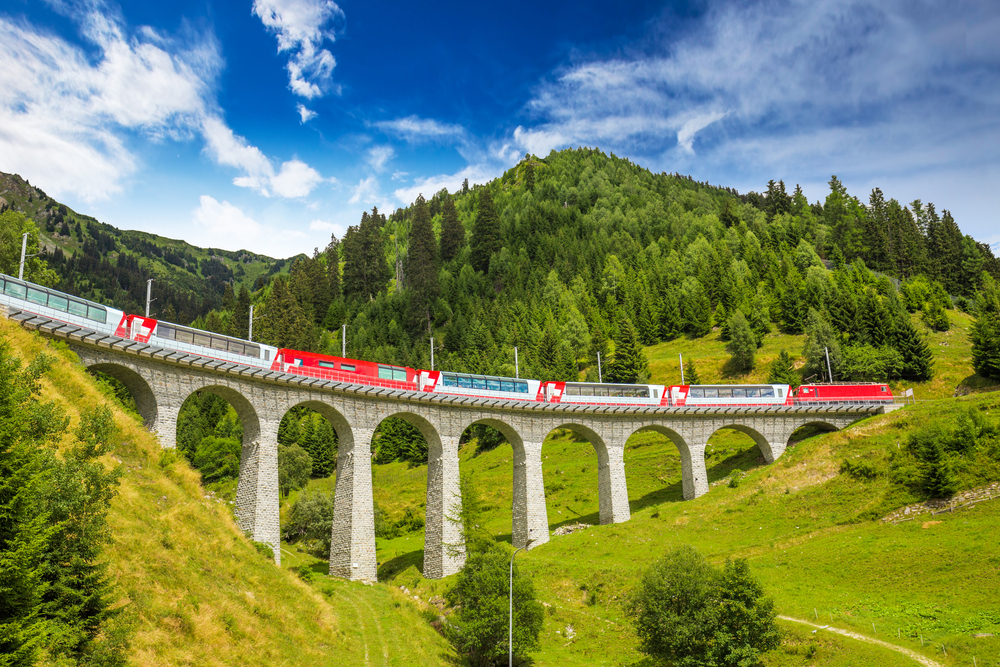[READAPT] - Re-Naturing Territorial Development for Climate Risk Adaptation
The Re-Naturing Territorial Development for Climate Risk Adaptation (ReAdapt) project is a European Research Project that aims to strengthen territorial climate adaptation strategies by integrating Nature-based Solutions (NbS) into regional and local governance. Climate change is already having significant spatially uneven impacts across Europe, affecting ecosystems, economies and communities.
[GILL] – Methodology for Quantifying the Demand for Green Infrastructure at Local Level
The goal of this targeted analysis project is to develop a standardised methodology to measure green infrastructure demand at the local level, facilitating data-driven urban planning and policy decisions. The analysis will provide evidence-based tools to help municipalities justify investments in green infrastructure that align with EU policies, such as the Biodiversity Strategy 2030 and Nature Restoration Law, and support funding applications for climate adaptation and sustainability projects. The project is structured into five key tasks:
NOTE D’ORIENTATION - Trajectoires de zéro artificialisation nette des sols (ZAN) - Politiques et pratiques à travers l'Europe
Dans le cadre du Pacte vert pour l'Europe, la stratégie européenne pour la biodiversité à l'horizon 2030 vise à protéger la nature et à inverser la dégradation des écosystèmes (Commission européenne, 2020). Cette stratégie affirme que « la nature est en crise » et que l’artificialisation des sols figure parmi les principaux facteurs directs de perte de biodiversité. Tous les États membres de l’UE et leurs partenaires rencontrent des problèmes liés à la pression croissante exercée sur les sols et les terres. Des recherches montrent que plus de 60 % des sols de l’UE sont en mauvaise santé.

[RE-INDUSTRY] – Capacity building for re-industrialising regions in a globally decarbonizing economy
The geographical focus of this targeted analysis is on three rural and industrialised regions, i.e. Västernorrland and Västerbotten in Sweden and Österbotten in Finland. In a European context, the three regions are sparsely populated areas with an aging population and relatively high outflows of skilled young individuals. Similarly to many other rural and industrialised regions in Europe with middle to high income levels, the three regions have experienced development traps over a substantial period of time due to underperformance in, for example, development of income and productivity.
[ResiLIAnce] – Improving local intermediate authorities’ crises preparedness and territorial resilience
Around 70% of the European population is living in local intermediate authorities, which are categorised as NUTS 3 level units in the EU statistical system (e.g. provinces, départements, Landkreise, judeţ, powiat, diputación…), and which cover nearly 90% of the European territory. Depending on the institutional framework of the member state they belong to, they are responsible for important infrastructure and public services such as schools, waste management, provincial roads, local public transport, social services, tourism, hospitals, or civil protection.
[ReCoCliN] Regional Contributions to Climate Neutrality
The aim of this European Research Project is to deliver new insights, possible pathways and support on all types of territories for local and regional authorities to use a more systemic approach for their transition towards climate neutrality by 2050.
Budget
The maximum available budget is EUR 715,000.00 (seven hundred fifteen thousand Euros), exclusive of VAT but inclusive of all other taxes, disbursements, travel, accommodation and delivery costs.
[Interalp] - Interface Territories across the Alpine region
The ESPON InTerAlp project provides a systematic exploration of the specific spatial dynamics, challenges and opportunities associated with Alpine interface territories. The analysis addresses a number of key questions, including the definition and delineation of Alpine interface territories, the identification of common challenges and opportunities, and the review of governance frameworks and instruments for Alpine spatial planning and development.


